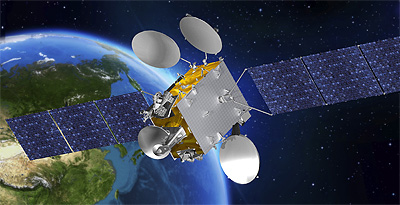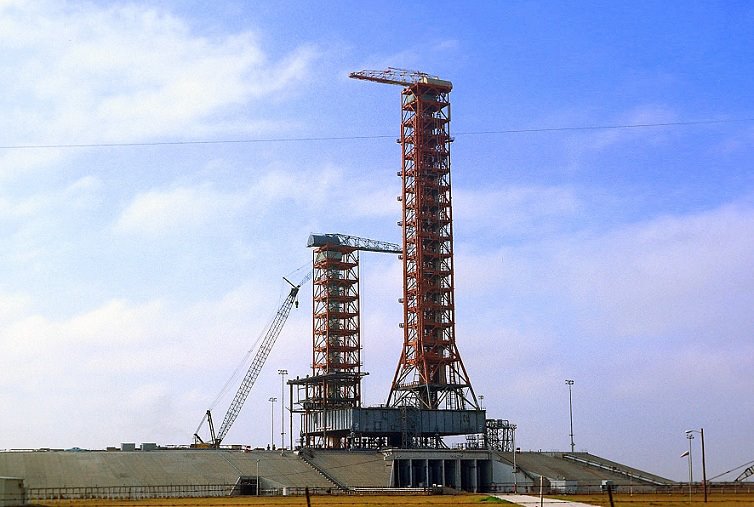
SpaceX is targeting launch of Bangabandhu Satellite-1 on Thursday, May 10 from Launch Complex 39A (LC-39A) at NASA’s Kennedy Space Center, Florida. The launch window opens at 4:12 p.m. EDT, or 20:12 UTC, and closes at 6:22 p.m. EDT, or 22:22 UTC. A backup launch window opens on Friday, May 11 at 4:14 p.m. EDT, or 20:14 UTC, and closes at 6:21 p.m. EDT, or 22:21 UTC. Bangabandhu Satellite-1 will be deployed into a geostationary transfer orbit (GTO) approximately 33 minutes after launch.
The Bangabandhu Satellite-1 mission will be the first to utilize Falcon 9 Block 5, the final substantial upgrade to SpaceX’s Falcon 9 launch vehicle. Falcon 9 Block 5 is designed to be capable of 10 or more flights with very limited refurbishment as SpaceX continues to strive for rapid reusability and extremely high reliability. Following stage separation, SpaceX will attempt to land Falcon 9’s first stage on the “Of Course I Still Love You” droneship, which will be stationed in the Atlantic Ocean.
Live webcast:
About the Satellite:

Bangabandhu 1 is the first Bangladeshian geostationary communications satellite.
The satellite was ordered in November 2015 from Thales Alenia Space, who will build, launch and operate the satellite for the Bangladesh Telecommunication Regulatory Commission.
Built on Thales Alenia Space's Spacebus-4000B2 platform, Bangabandhu 1 will be stationed at an orbital slot at longitude 119.1° east with 14 standard C-band transponders and 26 Ku-band transponders.
Specifications
Type/Application:|
- Communication
Operator:|
- Thales Alenia Space for Bangladesh Telecommunication Regulatory Commission (BTRC)
Equipment:|
- 14 standard C-band transponders
- 26 Ku-band transponders
Configuration:|
Propulsion:|
- S400
Power:|
- 2 deployable solar arrays
- Batteries
Lifetime:|
- 15 years
Mass:|
- ~3700 kg
Orbit:|
- GEO
SpaceX Block 5 improvements/changes:
- For increased payload:
- 7–8% more thrust by uprating the engines;
- an improved flight control system for an optimized angle of attack on the descent, lowering landing fuel requirements.
- For reusability endurance:
- a reusable heat shield protecting the engines and plumbing at the base of the rocket;
- more temperature-resistant cast and machined titanium grid fins;
- a thermal protection coating on the first stage to limit reentry heating damage;
- Redesigned and requalified valves for higher levels and much longer duration.
- For rapid reusability:
- a set of retractable landing legs for rapid recovery and shipping.
- External look
- the interstage structure that connects the first and second stages will be black and unpainted.
L-1 Weather Forecast:
Time
|
Temps
|
Humidity
|
Pressure
|
Solar Activity
|
Surface Visibility
|
Wind
|
Weather
10 May 2018/1612-1822 EDT (2012-2222 UTC)
|
10 May 2018/1612-1822 EDT (2012-2222 UTC)
78 °F
|
60%
|
30.15 inHg
|
Low
|
7 miles
|
070° @ 15-20 (200’)
|
None
Launch day probability of violating launch weather constraints: 20%
Primary concern(s): Thick Cloud Layer Rule
Delay day probability of violating launch weather constraints: 40%
Primary concern(s): Thick Cloud Layer Rule
(Latest weather forecast is available here.)
Links:
Last edited:










